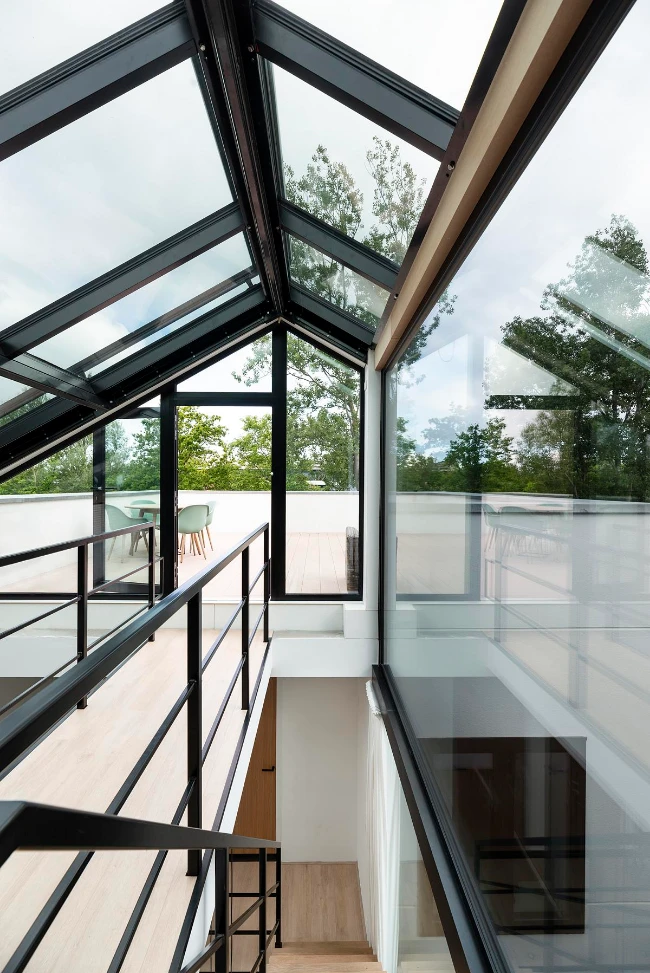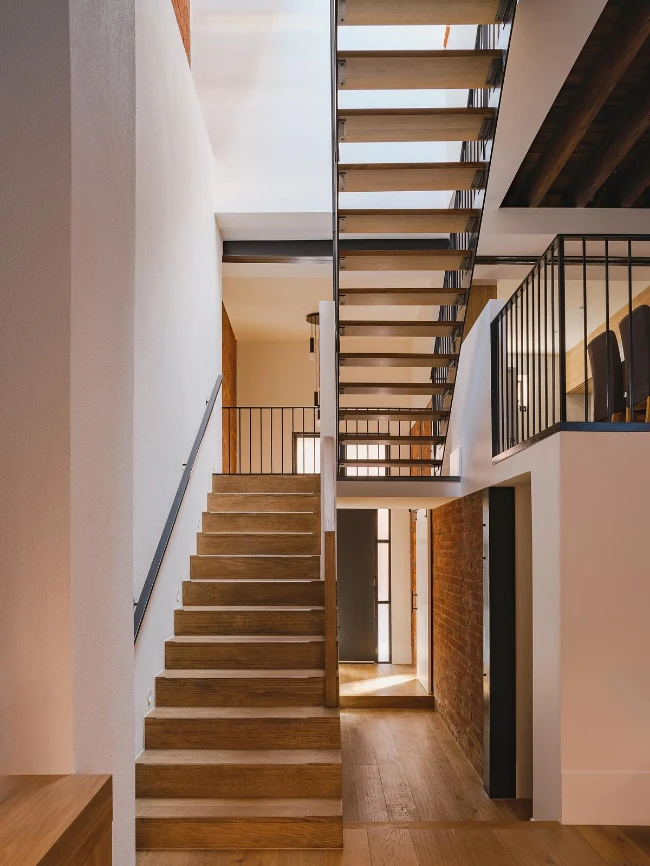
Smart Homes of the Future: Integrating Cutting-Edge Technology into Your House Design
Today, the concept of smart homes has rapidly evolved, becoming a critical part of modern living. Integrating cutting-edge technology into house design is not just about convenience; it’s about creating an efficient, secure, and comfortable living environment. In this blog, we will explore the various modern concepts that can be integrated into smart homes, providing a comprehensive guide for those looking to future-proof their living spaces.
Aesthetics Blended with Concealed Technology
Aesthetics play a vital role in your house design. The goal of smart homes is to integrate technology seamlessly into the home environment without compromising on style so that it blends in with the interior design of your home.
Invisible Devices
Many smart home devices are designed to blend into the background or be hidden entirely. For example, in-wall speakers, recessed lighting, and built-in charging stations keep technology out of sight but readily accessible.
Minimalistic Interfaces and Wireless Options
Touchscreens and control panels with sleek, minimalist designs can be mounted on walls or integrated into furniture, providing easy access without cluttering the space. Meanwhile, wireless technology eliminates the need for unsightly cables and wires, creating a cleaner, more organised look. Mesh Wi-Fi systems ensure strong connectivity throughout the home without the need for multiple routers.
Energy Management and Sustainability
Energy-saving Solutions
This includes everything from energy-efficient appliances and renewable energy sources to systems that monitor and reduce electrical and water usage. Off-grid solutions like solar panels and energy storage systems are becoming increasingly popular among those looking to reduce reliance on traditional energy sources.
Energy Monitoring Systems
Energy monitoring systems provide real-time data on your home’s energy consumption. These systems help you identify highly energy-consuming devices and optimise your overall energy usage, leading to significant cost savings and a reduced environmental footprint.
Improved Home Security
Smart Cameras and Surveillance
Smart cameras and surveillance systems, provide high-definition video, motion detection, and real-time alerts. These systems can be monitored remotely, allowing you to check on your property even when you’re not home. Integration with other smart devices improves security, such as triggering the lights to turn on when motion is detected.
Smart Locks and Entry Systems
Smart locks offer keyless entry options and can be controlled remotely. This means you can lock or unlock your doors from anywhere, provide temporary access to guests, and receive notifications when someone enters your home.
Customised For Your Lifestyle
Personalised User Experience
AI and Machine Learning are transforming smart homes by learning user habits and preferences. AI-powered devices can anticipate your needs and adjust settings accordingly. For example, smart thermostats can learn your schedule and adjust the temperature for optimal comfort, while smart lighting systems can adapt to your daily routine, ensuring the perfect ambience at all times.
Predictive Maintenance and Management
AI and ML can also be used for predictive maintenance and management, identifying potential issues before they become major problems. This can include anything from alerting you to a potential leak in your plumbing system to reducing energy usage based on your habits. The goal is to create a home that runs efficiently and requires minimal intervention.
Upcoming Trends in Smart Home Technology
Integration of AR and VR
Augmented Reality (AR) and Virtual Reality (VR) are now set to revolutionise home design and management. These technologies can be used for virtual walkthroughs of your home, helping you plan renovations and visualise changes before they are made.
Advancements in AI and Robotics
AI and robotics are set to play an increasingly important role in smart homes. From robotic vacuum cleaners that learn your home’s layout to AI-powered personal assistants that can manage your schedule and perform household tasks, the possibilities are endless. These advancements further enhance convenience and efficiency in smart homes.
Conclusion
Integrating the latest technology into your house design can transform your living space, making it more convenient, efficient, and secure. From blended aesthetics and advanced security systems to AI-powered personalisation and sustainable living solutions, the possibilities are endless. By embracing these technologies, you can future-proof your home and enjoy the many benefits that smart home living has to offer.

